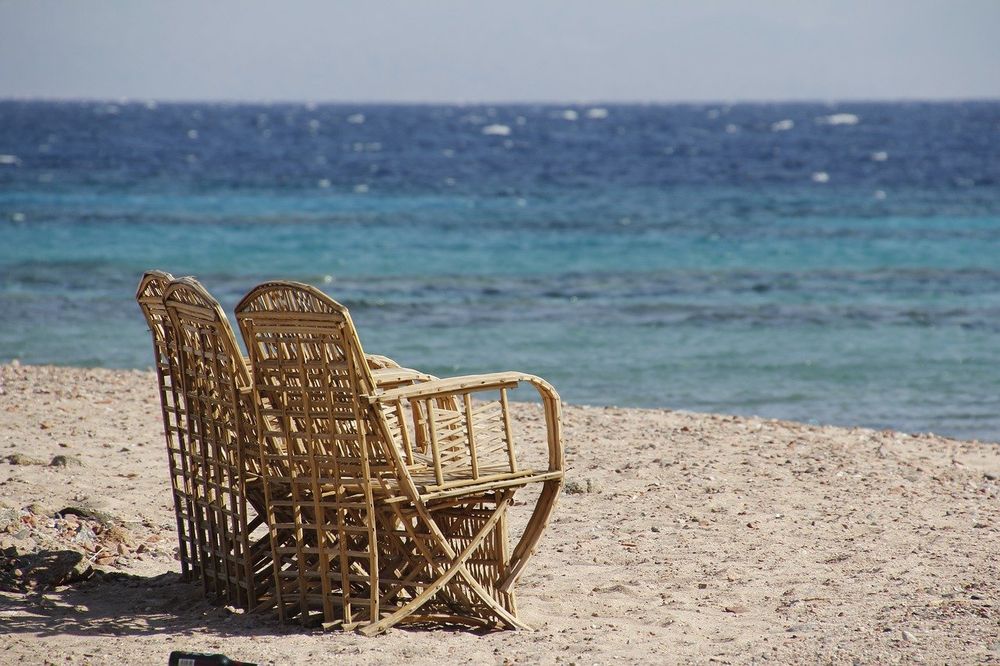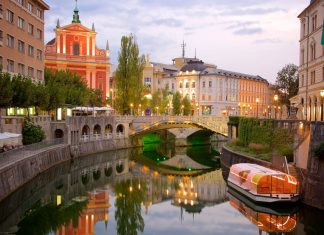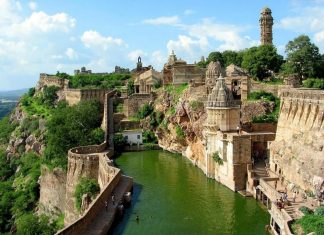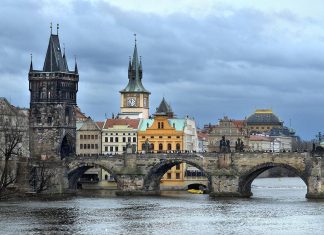The archaeological site of Delphi includes two sanctuaries, dedicated to Apollo and Athena, and other buildings, mostly intended for sports. Visitors arriving from Athens first encountered the sanctuary of Athena Pronaia – that is, ?Athena who is before the temple? (of Apollo). Outside its walls spread the settlement of Delphi. Within the walls were the famous Tholos, the symbol of Delphi today, and the remains of three temples dedicated to the goddess. The two earlier temples were built of tufa on the same location. These date to the middle of the seventh century and to c. 500 BC. The third temple, made of limestone, was built at the west end of the sanctuary after the earthquake of 373 BC. This sanctuary also includes the altars of Zeus Polieus, Athena Ergane, Athena Zosteria, Eileithyia and Hygeia, the remains of two buildings dedicated to the cult of the local heroes Phylakos and Autono?s, who routed the Persians from Delphi, and two treasuries with marble roofs, one Doric and the other Aeolian. The Aeolian Treasury of Massalia preserves a characteristic palm-leaf capital. Finally, the sanctuary included a memorial to the routing of the Persians, a statue of Emperor Hadrian, and a building known as the ?house of the priests?.
To the northwest of the sanctuary of Athena Pronaia lay the gymnasium, a place for exercise and learning, the palaestra and the baths. Further up the slope was the Castalian spring, the sacred spring of Delphi, were travellers quenched their thirst after a long voyage and purified themselves before consulting the oracle.
The central, most important part of the site was the sanctuary of Apollo, which was surrounded by the usual peribolos, or enclosure wall, with a main gate at its southeast corner. From here visitors entered the Sacred Way, the street that led to the temple of Apollo with its famous adyton, where Pythia delivered her oracles. With the temple and the Sacred Way as its centre, the sanctuary grew larger, spreading over artificial terraces supported by monumental walls, bordered by porticoes (of Attalus, of the Aetolians, of the Athenians) and accessed through corresponding gates in the enclosure wall. Scattered among these buildings and along the Sacred Way were numerous votive monuments dedicated by Greek cities or wealthy individuals on the occasion of socio-political events, or simply to express gratitude to the god and his oracle. These monuments are representative of artistic achievement from the East to the coasts of the Mediterranean and indicate the wealth of their patrons. They vary from bronze and silver tripods (one of the oracle’s symbols) to complex groups of sculptures in bronze or marble. The luxurious and impressive, however small, votive buildings known as treasuries were used for storing smaller votive offerings, but above all for displaying the art and splendour of the city which commissioned them. The imposing temple of Apollo dominated the sanctuary from atop a large terrace supported by a remarkable polygonal wall. In front of its entrance visitors could admire a series of impressive votive monuments dedicated mostly by wealthy individuals. Above the temple is the theatre where the theatrical and musical contests of the Pythian Games took place, while even higher up the slope, beyond the sacred enclosure, lies the stadium where the athletic contests were held.
Outside and around the two sanctuaries are the remains of the settlement and cemeteries of Delphi, which developed mainly in the Classical and Roman period.












